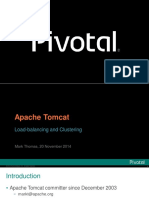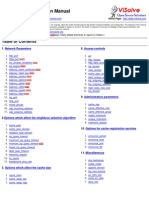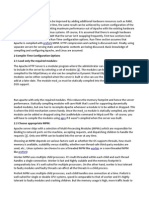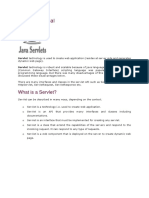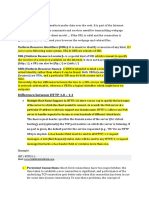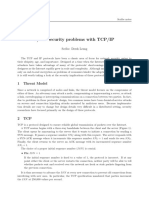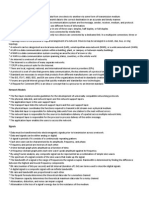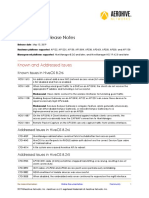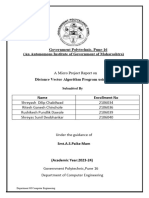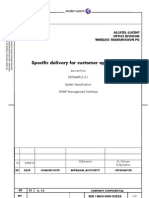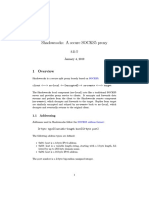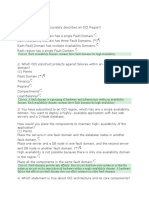0% found this document useful (0 votes)
137 views16 pagesTomcat Performance Tuning
Tomcat performance can be tuned by optimizing connectors, enabling HTTP keep-alive, implementing load balancing, configuring logging and caching, and adjusting JVM settings. The main connectors are HTTP and AJP, with HTTP keep-alive reducing network overhead. Load balancing options include Apache HTTPD proxies and Tomcat clustering. Logging and caching can reduce resource usage, and tuning the JVM garbage collection and memory settings improves efficiency.
Uploaded by
FernandoMagalhãesCopyright
© © All Rights Reserved
We take content rights seriously. If you suspect this is your content, claim it here.
Available Formats
Download as PDF, TXT or read online on Scribd
0% found this document useful (0 votes)
137 views16 pagesTomcat Performance Tuning
Tomcat performance can be tuned by optimizing connectors, enabling HTTP keep-alive, implementing load balancing, configuring logging and caching, and adjusting JVM settings. The main connectors are HTTP and AJP, with HTTP keep-alive reducing network overhead. Load balancing options include Apache HTTPD proxies and Tomcat clustering. Logging and caching can reduce resource usage, and tuning the JVM garbage collection and memory settings improves efficiency.
Uploaded by
FernandoMagalhãesCopyright
© © All Rights Reserved
We take content rights seriously. If you suspect this is your content, claim it here.
Available Formats
Download as PDF, TXT or read online on Scribd
/ 16


